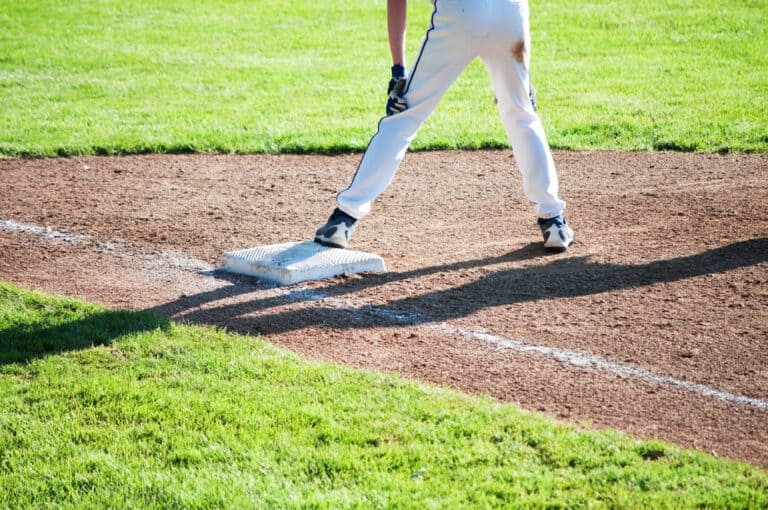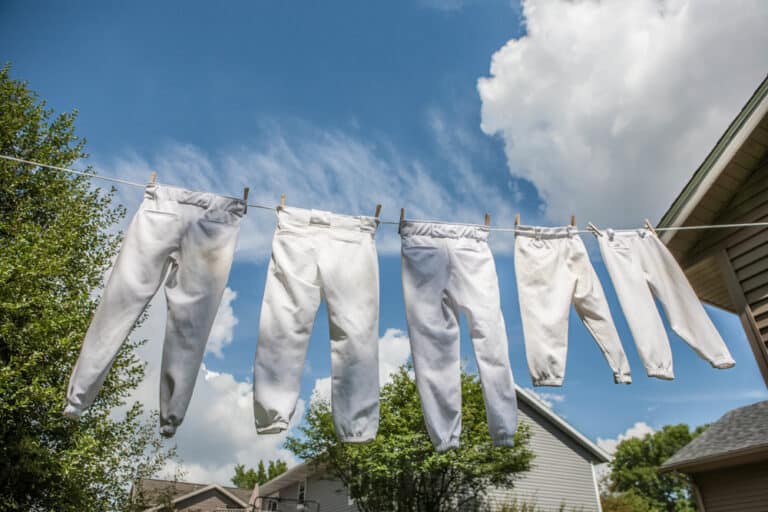What Does Rolling Over Mean In Baseball? (Find Out Here)
Baseball players and fans almost have a language of their own, and newcomers to the sport can easily get confused by some of the terms like rolling over. These terms can be intimidating for anyone who’s only just discovering the sport, and few people want to ask seasoned fans what something means. So, what does rolling over mean in baseball?
In baseball, the term “rolling over” can refer to the motion when the hitter’s top hand pushes up and moves over the top of their bottom hand, leading to weaker contact with the ball. It could also refer to a roll-over inning, where an inning ends after 20 pitches instead of after three outs.
The two meanings of rolling over are entirely different things. The first is a common mistake that players can make, leading to playing a worse game. The second is a rule implemented for spring training that doesn’t apply during the playing season. Let’s look at the two meanings in more detail.
Rolling Over In Baseball
The most common meaning of the phrase “rolling over” in the context of baseball refers to an inefficient way for the batsman to hit the ball. It happens when the hitter doesn’t hit the right way, causing weak hits and ground balls. It is also known as “bottom hand supination.”
In baseball, when you’re about to hit the ball, you stand with the bat suspended diagonally over your shoulder, with both hands folding around the bat at the bottom from either side. One hand will be lower on the bat than the other.
When less experienced players hit the ball, they often tend to lower their front elbow close to their body during the swing and rotate their bottom hand slightly. This move causes their top hand to move over the top of their lower hand just before the swinging bat makes contact with the ball. This is called rolling over.
Rolling over often happens while a player attempts to hit a home run. Since home runs require the ball to make contact as close as possible to the front of the bat, the player tries to force this, leading to the roll-over position and a weaker shot that hits the ball at the top and often forces it downwards into a ground ball.
Is Rolling Over In Baseball A Bad Thing?
Rolling over is more common than people think, especially in softball and the lower levels of baseball. It’s a prevalent mistake that can take a long time of focused effort to overcome.
Rolling over is not a good thing in this context. Because of the slightly higher position of the bat when it hits the ball if the player is rolling over, it creates a top spin and a generally weaker shot. You cannot play accurate power shots with any predictability if you hit while rolling over. Since you are also hitting the ball at the top, your bat will drive the ball towards the ground rather than up.
This is obviously less than ideal, and professional players, in particular, cannot afford to make mistakes like rolling over.
How To Stop Rolling Over In Baseball
You must work on your stance and hitting technique to stop rolling over. This can be arduous, and it will probably take multiple training sessions with a good coach or proper guidance to get it right.
The first tip that coaches recommend is to check your grip. You don’t want your bat to go into the palm of your top hand while you’re swinging; it should remain firmly in your fingers only. You can make this easier by letting the middle knuckles of your top hand align with the area between your middle and back knuckles on your bottom hand.
This grip will also help you get the perfect palm-up / palm-down hand position during your swing.
Another piece of advice from coaches that help to fix roll-overs is to forget the standard advice from other coaches to hit the ball high or to get on top. Since the ball is already moving at a slight downward angle from the pitcher, hitting the ball on top will only drive it down faster into a ground ball. Attempting to “get on top” also leads to many of the movement habits that cause rolling over.
Coaches also recommend keeping your front elbow up as you turn. This will force you to move your entire body, negating the need to rotate your hands, so keeping your grip perfect. There is even a tool that you can buy (or make yourself) to help you achieve this elbow-up movement called the Bat Drag Buster.
Roll-Over Innings In Baseball
The other possible meaning of the baseball term “rolling over” refers to the roll-over innings. In baseball, the rules state that an inning ended when the fielding team managed to get three hitters or runners out. With these rules, an inning generally lasts around 20 minutes, but the exact time will differ.
During the Covid-19 pandemic and the new protocols that were established because of it, the official baseball rules about innings changed a bit, leading to the introduction of a roll-over inning. During spring training and exhibition games, fielding teams are allowed to declare an inning over once their pitcher has pitched 20 balls, disregarding the “three outs” rule.
This new rule about the roll-over inning only applies during spring training and not when the regular baseball season formally starts.
Roll-over innings were introduced for two reasons:
- To reduce the amount of time that people had to spend out of their homes during the pandemic. Rolling over enables you to end an innings much faster than you usually would if you were pitching until you had three hitters or runners out.
- To reduce the risk of injury. Only looking at the major leagues, there are easily 30 to 40 pitcher injuries that occur during baseball’s spring training season alone. Many of these injuries happen because of over-exertion after having a few months’ breaks (few baseball players actually keep on training the way they should after the season ends).
So when spring training comes around, having roll-over innings as an option allows the pitchers (and other players, for that matter) to get back into it at a slightly reduced pace, especially after the long times of inactivity due to the Covid-19 pandemic. This led to a reduced number of injuries and better player performance in general.

Conclusion
Rolling over has two meanings in the context of baseball. One meaning is good, as in roll-over innings, while the other is not so good and leads to poor hits and ground balls. Luckily the latter is easy to fix if you are willing to spend enough time with the right coach and sound advice to fix your stance and grip. You can start hitting better balls in no time if you put in the necessary effort.
References
- https://baseballrebellion.com/articles/fix-rolling-over-forever/
- https://www.quora.com/In-baseball-what-is-a-roll-over-inning-What-does-it-mean
- https://www.drivelinebaseball.com/2021/04/rolling-over-how-bottom-hand-supination-affects-bat-path/
- https://baseballrebellion.com/product/bat-drag-buster/
- https://www.youtube.com/watch?v=0Qa-GRJ7CE0
- https://www.youtube.com/watch?v=YTyqCwKj_LY
- https://www.sportingnews.com/us/mlb/news/spring-training-injuries-pitchers-prevention-tommy-john/1mu2ggzdidw6l18teerfemq7fw
- https://www.howbaseballworks.com/TheBasics.htm
- https://www.mlb.com/news/zac-gallen-adjusts-to-spring-training-rules







